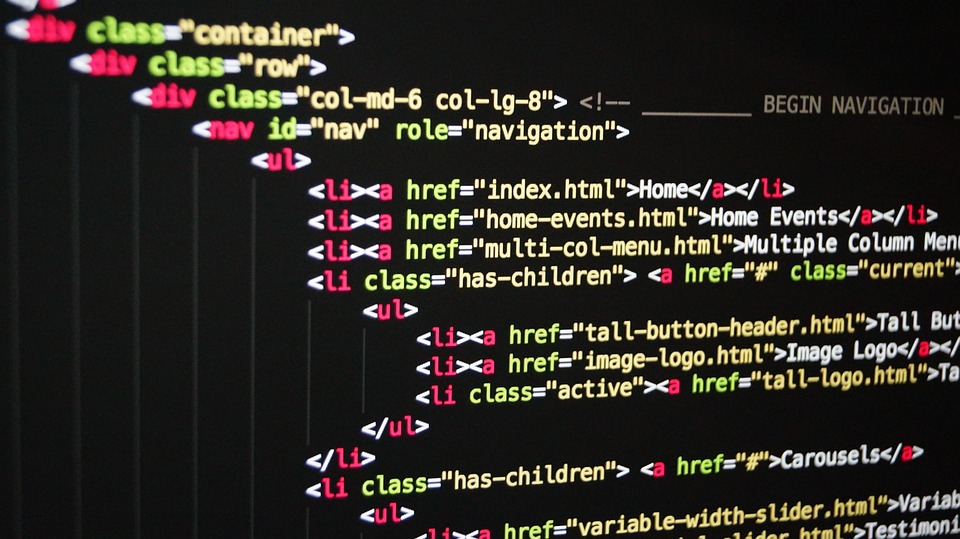In today’s rapidly evolving technological landscape, coding development is at the forefront of innovation. From new programming languages to advanced tools and methodologies, the world of coding is constantly changing. In this article, we will explore the latest trends and innovations in coding development, providing valuable insights into the cutting-edge techniques and technologies that are shaping the future of software development.
1. Rise of Low-Code and No-Code Platforms
One of the most significant trends in coding development is the rise of low-code and no-code platforms. These platforms allow users to build applications with minimal coding knowledge, thanks to intuitive interfaces and visual development tools. This trend has democratized app development, allowing a wider range of individuals, including business analysts and citizen developers, to create functional applications without extensive coding expertise.
For example, platforms like Microsoft Power Apps and Appian provide drag-and-drop interfaces and pre-built templates, reducing the need for traditional hand-coding. This trend not only accelerates the app development process but also opens up opportunities for innovation in various industries.
2. AI and Machine Learning Integration
With the increasing demand for intelligent applications, the integration of AI and machine learning in coding development has become a prominent trend. Developers are leveraging AI-powered tools and libraries to build applications that can analyze data, recognize patterns, and make autonomous decisions. From natural language processing to computer vision, AI and machine learning are revolutionizing the capabilities of software applications.
For instance, TensorFlow, an open-source machine learning library developed by Google, has become a popular choice for building AI-driven applications. By incorporating AI and machine learning into coding development, developers can create more sophisticated and personalized software solutions that cater to the growing demands of modern users.
3. DevOps and Continuous Integration/Continuous Delivery (CI/CD)
DevOps practices and CI/CD pipelines have become essential components of coding development, fostering a culture of collaboration, automation, and continuous improvement. This trend emphasizes the seamless integration of development and operations, allowing teams to deliver high-quality software at a rapid pace through automated testing, deployment, and monitoring.
Tools like Jenkins, GitLab, and Docker have played a pivotal role in enabling DevOps and CI/CD workflows, empowering developers to streamline their development processes and quickly respond to market changes. The adoption of DevOps and CI/CD practices has significantly enhanced the agility and efficiency of coding development, enabling teams to deliver value to end-users more frequently and reliably.
4. Serverless Architecture and Microservices
As the demand for scalable and resilient applications grows, serverless architecture and microservices have emerged as key trends in coding development. Serverless computing allows developers to build and run applications without managing infrastructure, while microservices architecture enables the decomposition of complex applications into smaller, independently deployable services.
Platforms like AWS Lambda and Azure Functions have popularized serverless computing, enabling developers to focus on writing code without the burden of provisioning and managing servers. Likewise, microservices frameworks such as Spring Boot and Kubernetes have empowered teams to create modular and adaptable applications that can efficiently evolve with changing requirements.
FAQs
What are the benefits of using low-code and no-code platforms?
Low-code and no-code platforms offer several benefits, including accelerated development cycles, reduced reliance on traditional coding skills, and increased collaboration between business and IT teams. These platforms enable greater agility and innovation, particularly in organizations with limited coding resources.
How does AI and machine learning impact coding development?
AI and machine learning bring advanced capabilities to coding development, enabling the creation of intelligent applications that can process data, make predictions, and automate tasks. By leveraging AI and machine learning, developers can build software solutions that deliver personalized experiences and actionable insights to end-users.
Conclusion
The latest trends and innovations in coding development are reshaping the way software is conceived, created, and deployed. From low-code platforms to AI integration, these trends are driving unprecedented levels of efficiency, flexibility, and creativity in the development process. As the technological landscape continues to evolve, staying updated on these trends is crucial for software developers and organizations looking to embrace the future of coding development.
By embracing these trends, developers can not only streamline their development processes but also create more impactful and scalable software solutions that meet the evolving needs of the digital era.
